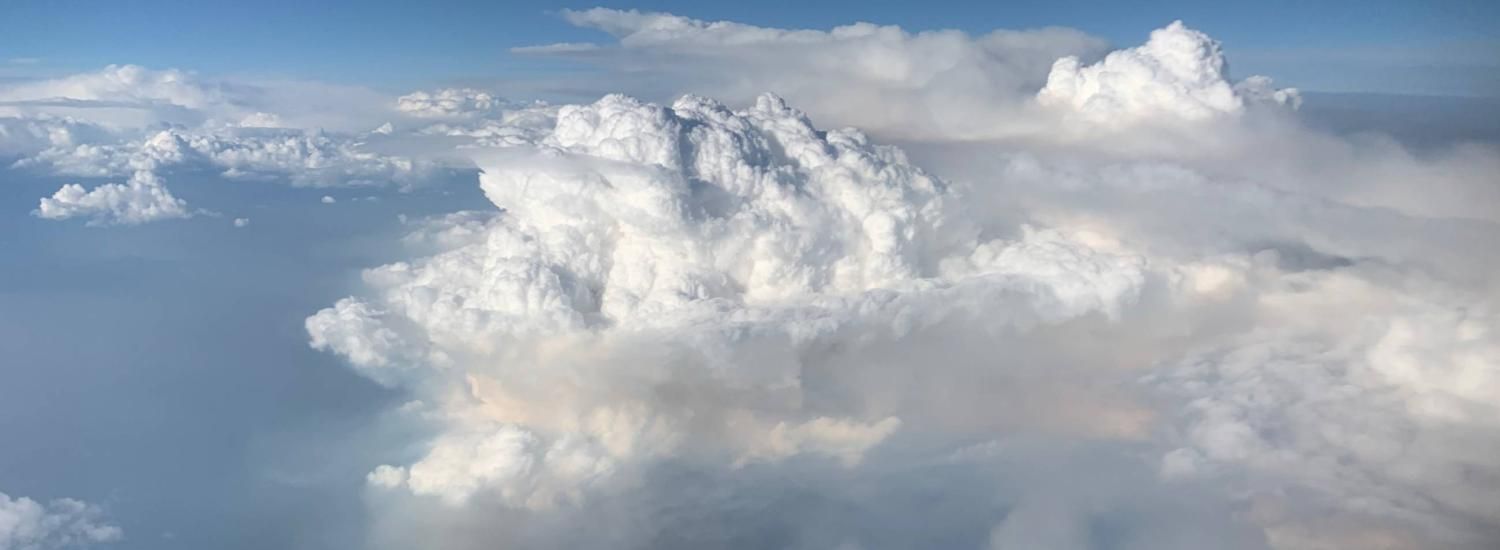Giant Australian bushfire injected 1 million tons of smoke into the atmosphere
Excess smoke causes temps to climb one degree

New research on the massive Australian bushfires in 2019 and 2020 shows that almost 1 million metric tons of smoke rose into the stratosphere, causing it to warm by about 1 degree Celsius for six months and likely contributed to the large and persistent ozone hole that formed over Antarctica during the Southern Hemisphere’s spring.
The December 29, 2019–January 4, 2020 Australian New Year’s wildfires were the most devastating in that country's history. The fires produced the largest input of wildfire smoke to the stratosphere observed in the satellite era and had measurable effects on the atmosphere of the entire Southern Hemisphere.
Led by Pengfei Yu, a former CIRES scientist at NOAA’s Chemical Sciences Laboratory (CSL), a team of researchers used a climate model to study the transport, microphysics, chemistry, and climate impacts of smoke from the massive bushfires. The researchers explored how extreme volumes of wildfire smoke can cause persistent impacts to the dynamics and chemistry of the stratosphere, which lies 12 to 50 kilometers (7 to 30 miles) above the surface, and contains the ozone layer that absorbs harmful ultraviolet radiation protecting life at the surface.
“Understanding stratospheric aerosols is crucial to understanding our climate,” said Yu, now at the Institute for Environment and Climate Research at Jinan University in Guangzhou, China. “These massive high-altitude clouds of smoke serve as excellent opportunities to constrain and test our climate model for various purposes: understanding past, present and future climate associated with aerosols, as well as simulating the efficacy and climate implications of solar management strategies.”
A team of researchers from NOAA, CIRES and the University of Colorado worked on the study, published in the journal Geophysical Research Letters. Christopher Maloney, a CIRES scientist working in NOAA CSL, and Brian Toon, from the Laboratory for Atmospheric and Space Physics at the University of Colorado Boulder, are co-authors.
Karen Rosenlof, NOAA CSL scientist and paper co-author, said the study demonstrates that scientists are now able to model how smoke gets high into the stratosphere, where it can reside for a long time. “What we don’t understand well are possible impacts on surface weather and climate,” she said. “More work is needed to understand these feedbacks, because this is somewhat of a natural analog for impacts that could be caused by smoke-like aerosols that are emitted in the stratosphere from rockets, aviation, or by potential future geoengineering projects.”
Read the full story at NOAA Research.